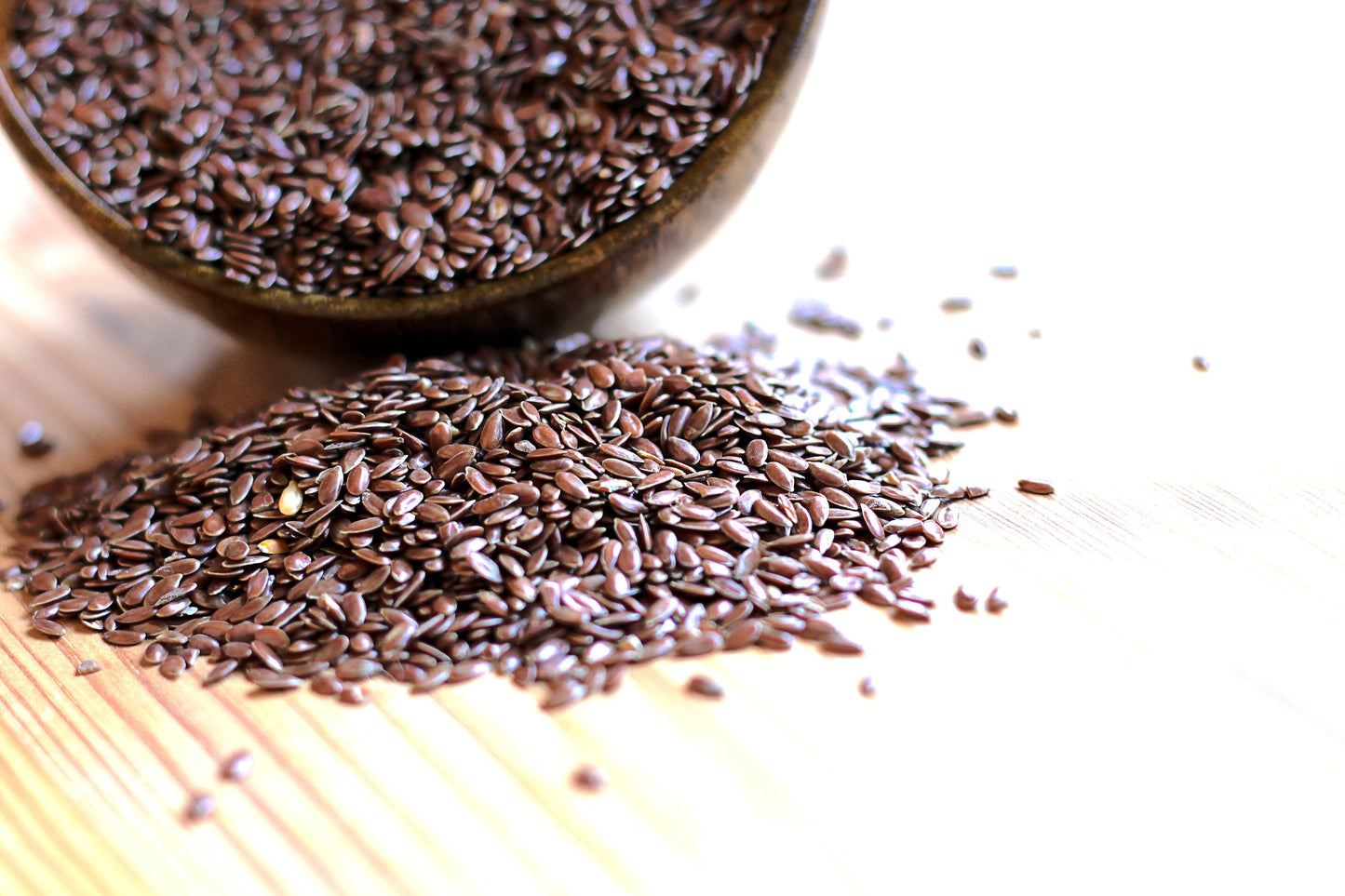
What if your grocery list could read like a prescription pad? More and more, research is showing that food can act on the body in ways that mirror medications. From lowering blood pressure to stabilizing blood sugar, the right nutrients can rival—and sometimes surpass—the effects of pharmaceuticals. But when is food enough? And when should medication step in?
The Food-as-Medicine Revolution isn’t new. Ancient systems like Ayurveda and traditional Chinese and Polynesian medicine have long regarded food as therapeutic. Today, the movement is gaining scientific traction, with randomized trials showing that dietary interventions can match or complement medication outcomes in chronic disease.
- Flaxseed vs. Statins: In a 2015 study, daily flaxseed consumption lowered LDL cholesterol by up to 15% in hyperlipidemic patients—comparable to low-dose statins in some populations.
- Beet Juice vs. Nitrates: Beetroot juice, rich in natural nitrates, can lower systolic blood pressure by 5-8 mmHg within hours—a modest but significant effect for people with mild hypertension.
- Cinnamon vs. Metformin: Some studies show that cinnamon may modestly reduce fasting glucose levels, especially in prediabetes, though it’s not a replacement for metformin in diabetes management.
Diet has its boundaries. A patient with familial hypercholesterolemia, advanced kidney disease, or insulin-dependent diabetes cannot rely on food alone. Medication, especially in acute or severe disease, is often essential. But nutrition can still serve as a vital support, potentially reducing medication doses or side effects.
Food can’t replace all medications, but in the early stages of disease and in prevention, it is often just as powerful. Empowering patients with the right nutrition can dramatically shift outcomes and reduce healthcare dependency.
